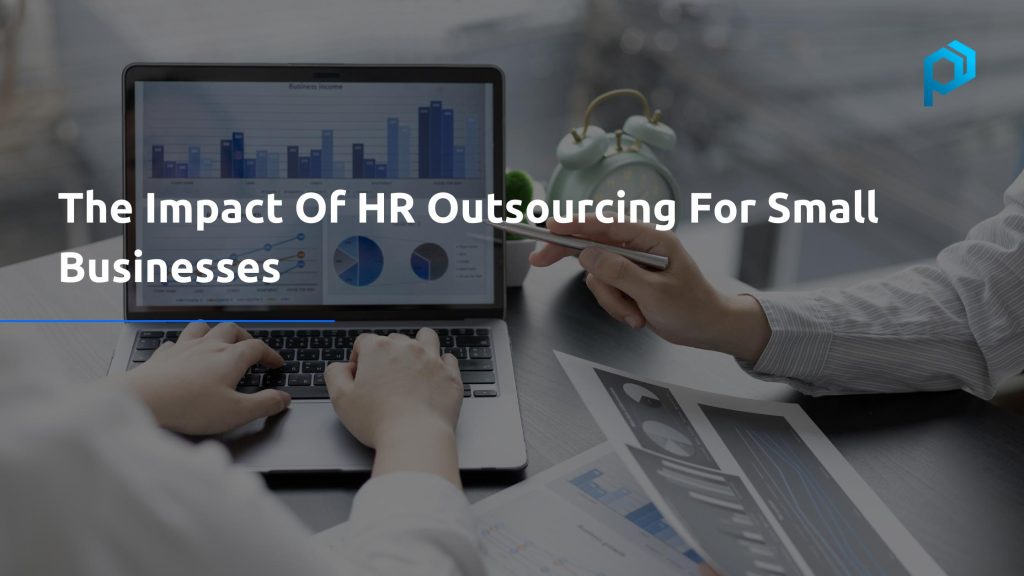An employer of record (EOR) is an independent entity that acts as the official employer for tax, legal, and insurance purposes. It deals with payroll, taxes, benefits, and local compliance while the client company is responsible for the employee’s daily work.
In plain language, the EOR undertakes the time-consuming administrative and legal responsibility so companies can quickly and compliantly recruit talent in other countries.
As U.S. companies grow internationally, understanding what is an employer of record becomes a practical necessity. This model facilitates entry into new markets without the requirement of establishing a foreign legal entity, thereby saving both time and money.
How Does an Employer of Record Work?
When an EOR is engaged, the worker is formally employed by the local entity of the EOR. The EOR is the official employer and assumes the following responsibilities:
- Drafting compliant employment contracts.
- Payroll, benefits, and tax withholdings are managed.
- Dealing with visa sponsorship, social security, and local insurance.
- Providing for proper dismissals and employee protection.
The client company, in the meantime, controls the employee’s day-to-day activities and performance.
For instance, a U.S. tech startup that’s hiring a software engineer in Australia can use an EOR to officially employ the engineer there. The EOR guarantees that all Australian employment laws are met while the US business remains product-centric.
Why Do Companies Use Employers of Record?
EOR is a solution companies find when they want to streamline international hiring and sidestep compliance risk. Key reasons include:
- Speed to Market: Onboard in new countries in days instead of months.
- Cost-effective: Simple, no entity set up, and local HR overhead.
- Compliance Assurance: Remain in sync with changing employment law.
- Scalable: Use it to test new markets or run a one-off partnership.
In 2025, even mid-size U.S. companies are relying on EOR partnerships to access global talent cost-effectively.
Employer of Record vs. PEO – What’s the Difference?
While both handle HR and payroll, they differ legally:
| Feature | EOR | PEO |
| Legal Employer | EOR is the full legal employer. | Client company remains the employer of record (co-employment). |
| Entity Requirement | No foreign entity needed. | The company must have a local entity. |
| Liability | EOR assumes compliance responsibility. | Liability is shared. |
| Use Case | Ideal for global expansion. | Best for domestic HR outsourcing. |
This clears up exactly what is an employer of record, and when to use one.
Another question becomes – what if an EOR doesn’t fit your business model?
What are the Best Alternatives to an Employer of Record?
An EOR is still the fastest way to hire internationally, but it’s certainly not your only option. Below are three strong counteroffers, depending on your business model:
1. Partnering with a Professional Employer Organization (PEO)
A PEO works in a co-employment model as the company and the provider share employer duties.
It’s a good choice if your business already has a local entity but needs assistance with payroll, benefits, and compliance.
But because you are still the legal employer, a PEO will not shield you from overseas regulatory or tax liabilities.
2. Engaging Independent Contractors
Contractors provide flexibility and no long-term commitment for smaller projects.
Yet there are many classification errors, particularly when labor law changes become stricter, and these can result in either fines or retroactive benefits.
3. Using a Global Payroll Provider
If you already have entities set up, a global corporate payroll can consolidate all payrolls and reports on a global basis.
An EOR, on the other hand, does not assume legal employer status; however, it provides scalability for expanding global teams.
Still unsure which model fits your business better? Check out our full breakdown on the difference between eor and peo to understand where each approach works best.
Legal and Payroll Obligations of an EOR
Cross-border compliance is the central role of an EOR. It verifies that all the local laws are followed for every employment contract, payroll deduction, and statutory benefit.
In short, an Employer of Record is the legal employer for compliance, ensuring every hire complies with local tax, labor, and payroll regulations.
Key responsibilities include:
- Managing taxes and social-security contributions.
- Overseeing statutory leave and benefits.
- Handling compliant terminations and severance.
- Safeguarding sensitive information and the accuracy of personal data.
Today’s EOR vendors link to global payroll, providing full reporting and real-time tracking in any country.
When Should a Business Use an Employer of Record?
EORs make sense when:
- You have to hire fast in a different country.
- You’re trying out a market before Opening Up shop locally.
- You’re building remote international teams.
- You wish to centrally manage global payroll and compliance.
Knowing when to EOR is half the battle. The right partner means your compliance needs are truly global.
How to Choose the Right Employer of Record Partner?
Look for partners that offer:
- Demonstrated compliance experience in the target markets.
- Transparent pricing and documentation.
- Integrated HR and payroll technology.
- Local legal and tax support.
Top-notch providers offer technology-based employer of record services that integrate with your internal systems to provide accurate, real-time visibility into your entire workforce.
What’s Next for Global Hiring and Compliance?
EOR models are more than just outsourcing; they are now the preferred components in digital compliance ecosystems. With the help of global payroll solutions and AI-powered auditing, providers are able to ensure unified data and reporting and predict compliance problems before they happen. For U.S. businesses, the implication is clear: hire globally while thinking locally.
How Procloz Simplifies Global Employment?
Procloz enables U.S. companies to grow with peace of mind, all under one roof for HR, compliance, and payroll support.
With integrated employer of record services and intelligent automation, Procloz makes sure each new hire is legal, compliant, and reported to local authorities in all countries.
Procloz flows from onboarding to payments, providing businesses with global payroll services to power international employment, ensure simplified compliance, and enable a more predictable growth model.
FAQ’s
1. What are the disadvantages of EOR?
Higher costs and less control over HR and employment policies. Companies may rely heavily on the provider for payroll and compliance.
2. How much does an employer of record typically cost?
Usually, 5 to 15 percent of salary or 500 to 1200 USD per month per employee. Costs change based on country and service scope.
3. What is the difference between a contractor and an EOR employee?
Contractors work independently and handle their own taxes. EOR employees are legally hired through an Employer of Record with payroll and benefits support.





